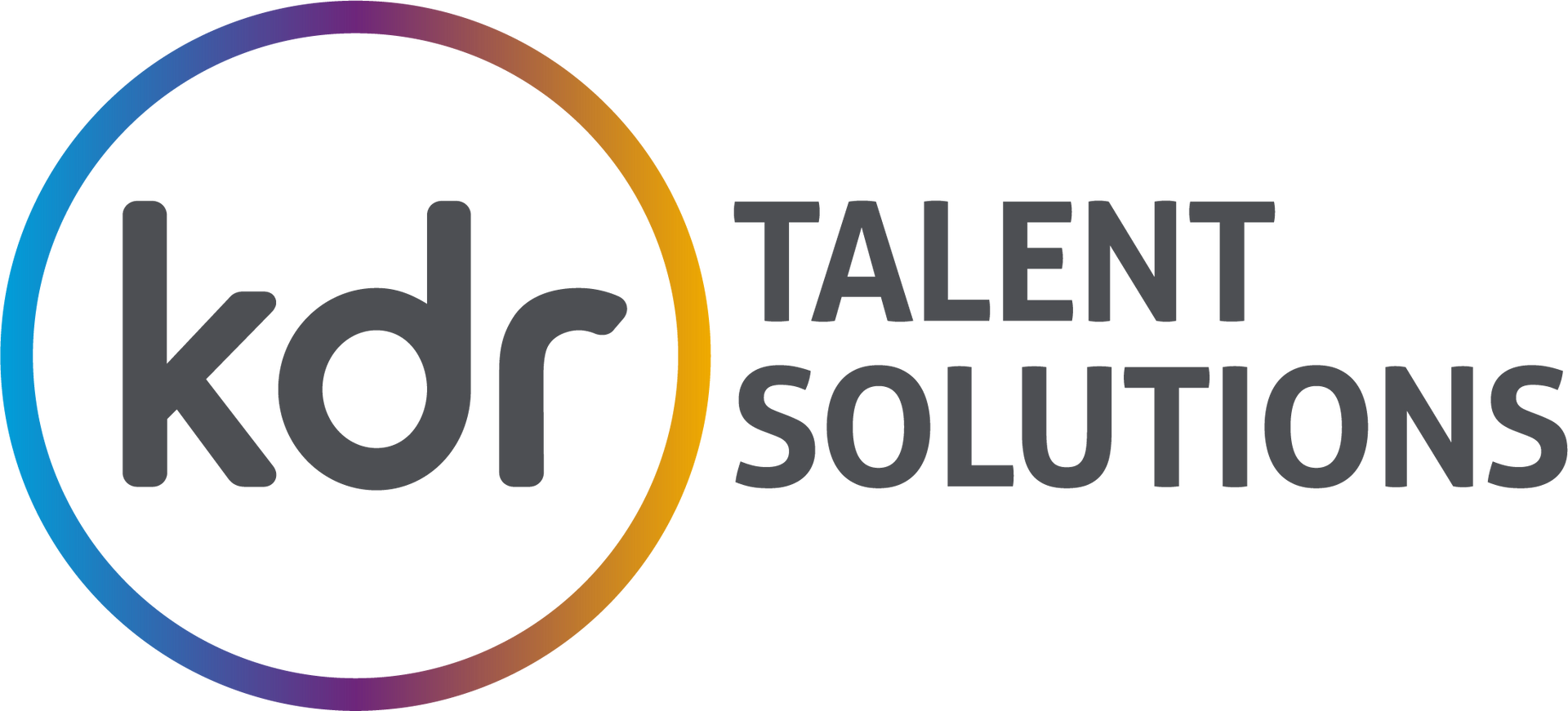How to align your EVP to your talent strategy
How to create a modern EVP and align it to your Recruitment Process: A five point approach.
A strong Employer Value Proposition is a valuable addition to any business. Research from Gartner shows that 65% of candidates they surveyed had pulled out of a recruitment process because of an unattractive EVP. If this is a more widespread sentiment, outside of the respondent sample Gartner ran the study for, then organisations really can’t afford to let this slip.
From a recruitment business perspective, it is obvious to us when a client has a great EVP versus one that doesn’t, and we have helped businesses refine these to help make them an employer of choice. Once you have one, how can you use it to help with the hiring process? Here we look at what makes a great EVP and how to align it to the recruitment process to help increase hires and then retention of great talent to your business.

What makes a great EVP?
Since the pandemic it has become apparent that people’s needs are changing. Businesses need to shift towards a more people centric approach to the EVP with a stronger focus on the experience and feelings of the people that make up the business rather than the experience of work itself. How does this translate into tangible outcomes? Autonomy and mastery have long been identified as drivers of motivation; Dan Pink has a great YouTube video on this from 2016 based on an MIT study. A modern EVP will take these elements and embed them into the employee experience. It will focus on why we give a particular benefit rather than focusing on what we give.
If we look at what forms the basis of a modern employee experience (which shifts focus from employee to human being), we can break it down into 5 different elements.
Connectivity: To colleagues, to community, to selves and family
Meaning: A sense of purpose to an employee’s work experience (purpose)
Well-being: A deeper drive to help employees feel cared for, moving beyond provision to action
Growth: Personal and professional growth (mastery)
Autonomy: A greater degree of flexibility around work patterns
Questions to ask to help form a modernised EVP.
To help colleagues feel more connected you could look at your policies and culture around inclusivity.
- Do you survey your team to understand where there are gaps in feelings of belonging?
- Do you have inclusion goals as part of manager KPI’s?
- Are there any personal initiative opportunities for employees to own and execute?
- Are managers aware of the importance of supporting their employees, families and community and are they trained on this area?
- Are there opportunities for employees to anonymously provide feedback on their experiences within the business so there is a feeling of safety around this subject?
- What family friendly benefits do you offer?
- Are managers trained in empathy?
- Do managers have access to guides to help them build conversations based on trust around emotional needs?
Meaning:
- Do you have a defined purpose that employees buy into?
- Do you have a cross functional team that meet to discuss societal issues and deeper meaningful work-related issues to gain diverse perspectives?
- Is there a transparent policy on communicating wider societal issues so that employees can feel connected to wider issues beyond the business framework?
- Have you created a defined set of values that employees buy into?
Wellbeing:
- Do you gather employee input for benefit design?
- Do you have any well-being champions within the business? Are they equipped with time and tools to help them in this role?
- Do you regularly communicate the employee assistance programme (do you have one?)
- Is talk around mental wellbeing normalised around the business?
- Do you have any trained mental health first aiders?
- Are managers trained on creating personal connections with team members?
- Is wellbeing an ongoing conversation within the business?
Growth (personal and professional):
- Do you have an established mentoring programme in place and training for the mentors?
- Are your managers equipped to have conversations with team members around personal and professional growth goals?
- Are employees empowered to design their own personal development with support from the business?
- Is there an environment where employees can communicate what they would like to do at any point in their career? (degree, diploma, courses)
- Do you use social media or internal comms to encourage employees to share their personal growth with colleagues or the wider community?
Autonomy:
- Do you allow deep flexibility over where, when, how much and with whom they work?
- For guidance around what to provide flexibility on, look at: work-life balance, location, innovation, risk taking and workspace.
- Do you allow teams to co create their own flexible working patterns?
- Have you identified areas of each role that do allow for flexibility (keeping in mind productivity of the business as a whole)
- If you are opening up flexibility, have you provided managers with the tools to have the conversations with team members to be accountable for their productivity?
- Do managers have an environment where they can share and learn from peers, and have you identified high performing managers and teams where flexibility is high as well as productivity for benchmarking purposes?
If you have decided to overhaul your EVP and have looked at incorporating a more person centric policy, perhaps using the questions above to help form that policy, you can then translate the answers into benefits and make cultural references to the way the business is run and the impact on the employee within your document. These coupled with the progression, rewards, remuneration, values and purpose will form the total package of the employee experience whilst working within the business and this is what will help retain team members and attract new ones.
Once you have the EVP you should use it within the hiring process. Candidates will be researching your business so the starting point is in how you communicate your EVP. Does your website reflect the components within the EVP? Have you created career pages on the site? Do you demonstrate tangibly the employee (human) experience of working at your business over your social media channels. In essence if someone researched your business as a potential candidate, would they see what you want them to see? Is the application process easy or if using an agency do you trust their attraction processes, have you spoken about translating the EVP into the recruitment phase? A good Search agency will help you align your EVP to the full hiring process.
Secondly you need to make sure your job adverts are optimised for the EVP. Ensure you have checked that the language used is inclusive and gender neutral you need to include the core elements of the EVP within it.
Interview Stage:
For those candidates that are not successful, the messaging around this is a good opportunity to back up the EVP. Many businesses forget that candidates who are unsuccessful now, may become employees of the future. If they have a bad experience at this stage you may be missing out on top talent in the future. Ensure each applicant receives comms around the fact that their application will not be taken any further.
For those that you want to interview, this is a great opportunity to showcase your EVP at this early stage. Hopefully inclusivity is prominent so make sure you ask about any reasonable adjustments that the candidate may need to attend the interview. This can be communicated in alignment with your EVP with curated wording to make the candidate feel safe revealing these adjustments (often hidden disabilities stay hidden because of previous bad experiences).
Once you have them at interview stage, it is the first opportunity for the candidate to come into contact (after the information gathering stage) with the people that represent your company culture. The welcome they receive, the interview structure, feedback and experience of the environment should accurately reflect the experience you have showcased so far in the materials they have seen about the value you can offer them.
Onboarding:
Once through the door, the onboarding is the next important phase in the continuation of your EVP. The welcome they received during the recruitment and interview stage should seamlessly fit into the early days of joining your business. If this is disjointed it can lead to feelings that they were reeled in with recruitment tools rather than authentic representation of your culture and values. Align the devised EVP to the onboarding process and ensure team and manager buy in.
Retention:
A candidate experience only turns into an employee experience once that hire feels integrated and feels a sense of belonging to the team and business. The faster this happens the better for the long term prospects of the hire and the employee. This is where walking the walk shines, the continued authentic representation of the EVP shows the team that they continue to be aligned to the very things that attracted them in the first place.






